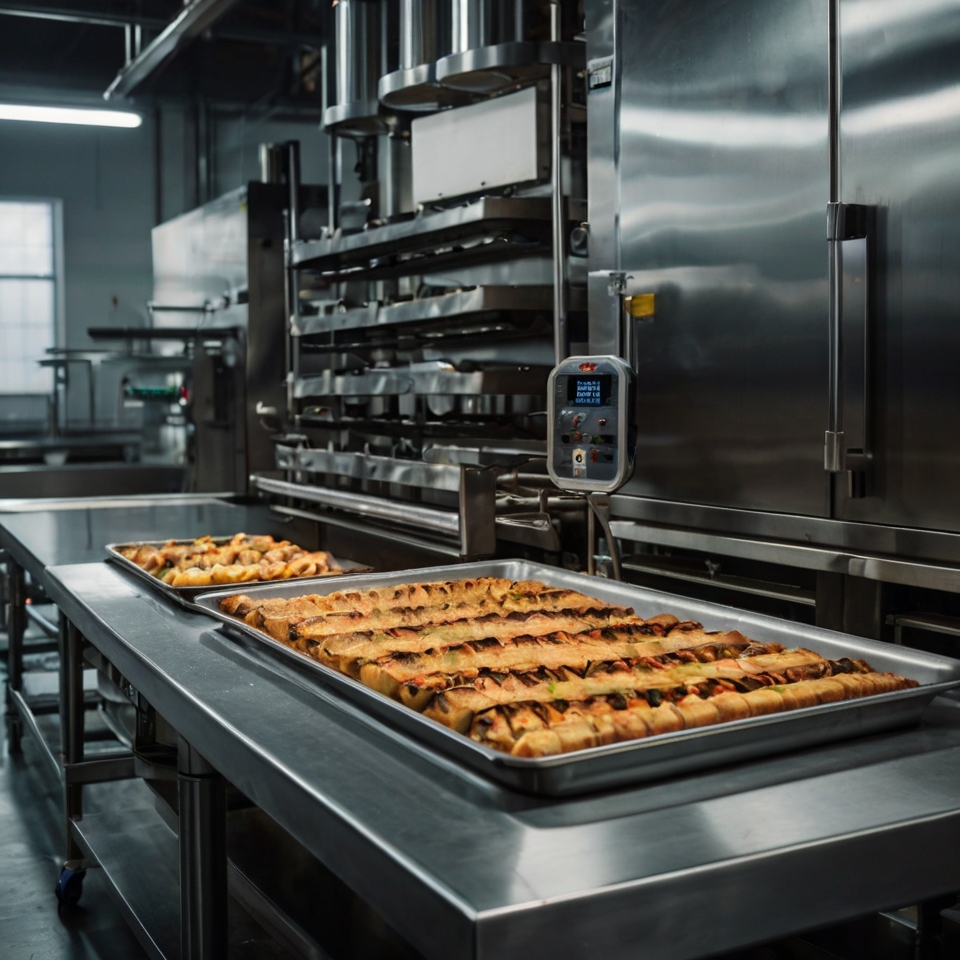As we approach 2031, the food service equipment market is anticipated to undergo transformative changes. The global landscape is evolving due to technological advancements, the impact of global events, and shifting consumer demands. Understanding these factors is essential for businesses looking to capitalize on the opportunities and navigate potential challenges in this dynamic market.
Market Opportunities
The growing trend of digitization in the food service industry presents significant opportunities for equipment manufacturers. With the increasing reliance on online ordering and digital payment systems, there is a rising need for equipment that can seamlessly integrate with these platforms. Point-of-sale (POS) systems, kitchen display systems (KDS), and other tech-driven solutions are becoming indispensable in modern kitchens.
Additionally, the demand for custom and high-performance equipment is on the rise. Restaurants are looking for specialized solutions that cater to specific culinary styles, whether it’s artisanal baking or high-volume food preparation. This trend encourages manufacturers to innovate and provide customized equipment that enhances operational efficiency and meets the unique needs of their clients.
Regulatory Challenges
However, the food service equipment market also faces regulatory challenges. Compliance with health and safety regulations is critical for food service establishments. Equipment must meet stringent standards to ensure food safety and sanitation, which can be a barrier for some businesses. As regulations continue to evolve, manufacturers must stay abreast of changes to ensure their products remain compliant.
Moreover, supply chain disruptions experienced during the pandemic have highlighted vulnerabilities in the manufacturing and distribution processes. Companies must develop resilient supply chains to mitigate risks associated with raw material shortages and delivery delays. Investing in local sourcing and developing strong partnerships with suppliers can enhance stability and reliability in operations.
Sustainability as a Priority
Sustainability is becoming a key priority for businesses in the food service equipment market. As environmental concerns grow, both consumers and regulatory bodies are pushing for sustainable practices. Equipment that minimizes energy consumption, reduces waste, and utilizes eco-friendly materials is increasingly sought after. Companies that prioritize sustainability in their product offerings will not only meet regulatory demands but also align with consumer preferences for environmentally conscious practices.
Conclusion
In summary, the food service equipment market is set to experience significant changes by 2031, driven by digitization, customization, and sustainability. While opportunities abound, businesses must navigate regulatory challenges and supply chain disruptions to succeed. By embracing innovation and sustainability, companies can position themselves favorably in this evolving landscape, ensuring they meet the demands of a new generation of consumers and food service operators.
